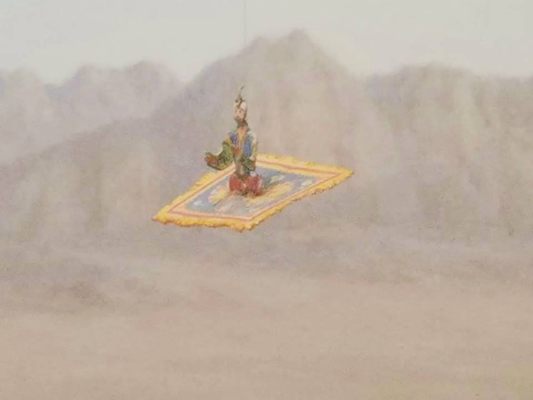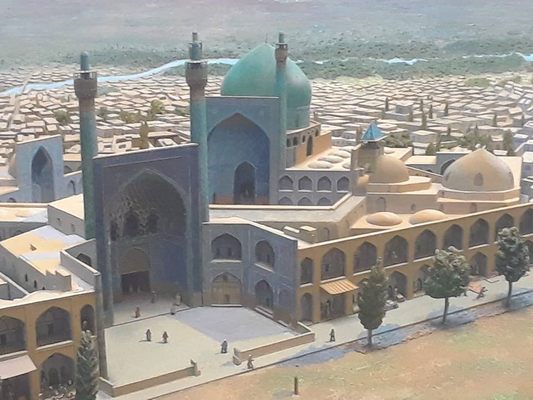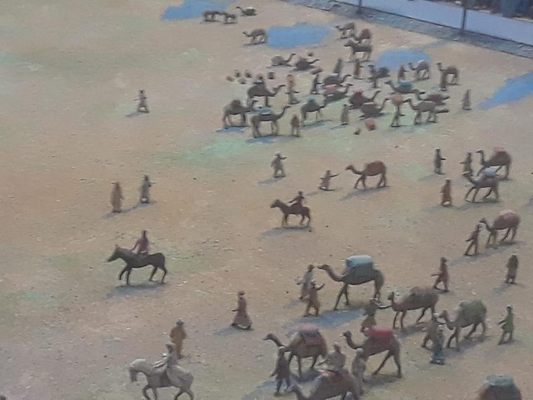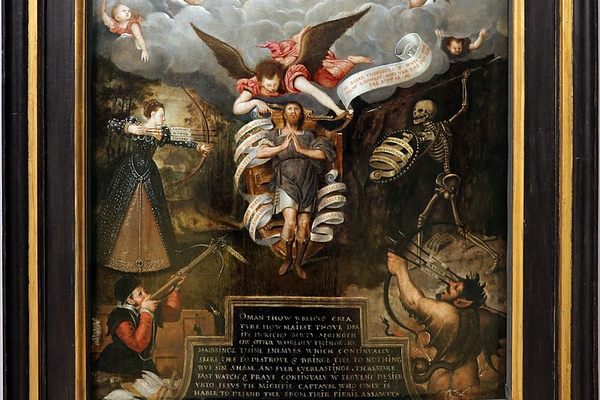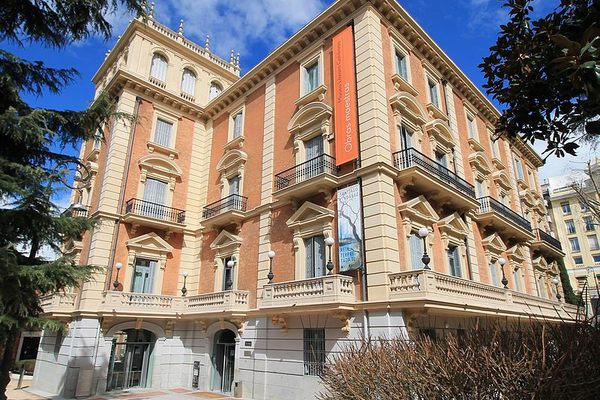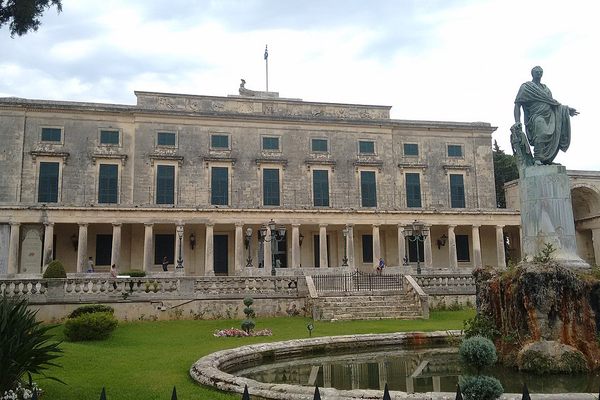About
Hidden in plain sight among the scientific and cultural wonders displayed in the American Museum of Natural History is an object straight out of fantasy. There, in a diorama of the Iranian city of Isfahan, is a figure riding a magical flying carpet. The figure is not labeled, and the museum has never made public its reason for exhibiting it.
Flying carpets are a fantasy trope originating in ancient Arabic lore. Western readers were introduced to the concept through the classic book One Thousand and One Nights. The concept has since continued into various media adaptations of the book as well as in modern, original works such as the Harry Potter series.
Only a few of the thousands of the visitors to the museum seem to spot the flying carpet, and of that few, there are different reactions. Some have viewed it as a whimsical Easter egg hidden in the diorama for the public's enjoyment. It often appears as an item in treasure hunts played by children on field trips.
There are, however, critics who don't find the inclusion of the magic carpet to be appropriate. The diorama is part of an exhibit on historical trade cities of the Middle East. Some argue that the inclusion of the magic carpet in a historical setting is distracting. Others say it plays into an offensive, tired stereotype. The magic carpet is thus seen as one component of the larger problem of colonialism and cultural appropriation that have been connected to Western museums.
Related Tags
Know Before You Go
The diorama of the city of Isfahan is located in the Gardner D. Stout Hall of Asian Peoples in the second floor of the American Museum of Natural History.
Published
February 26, 2019

